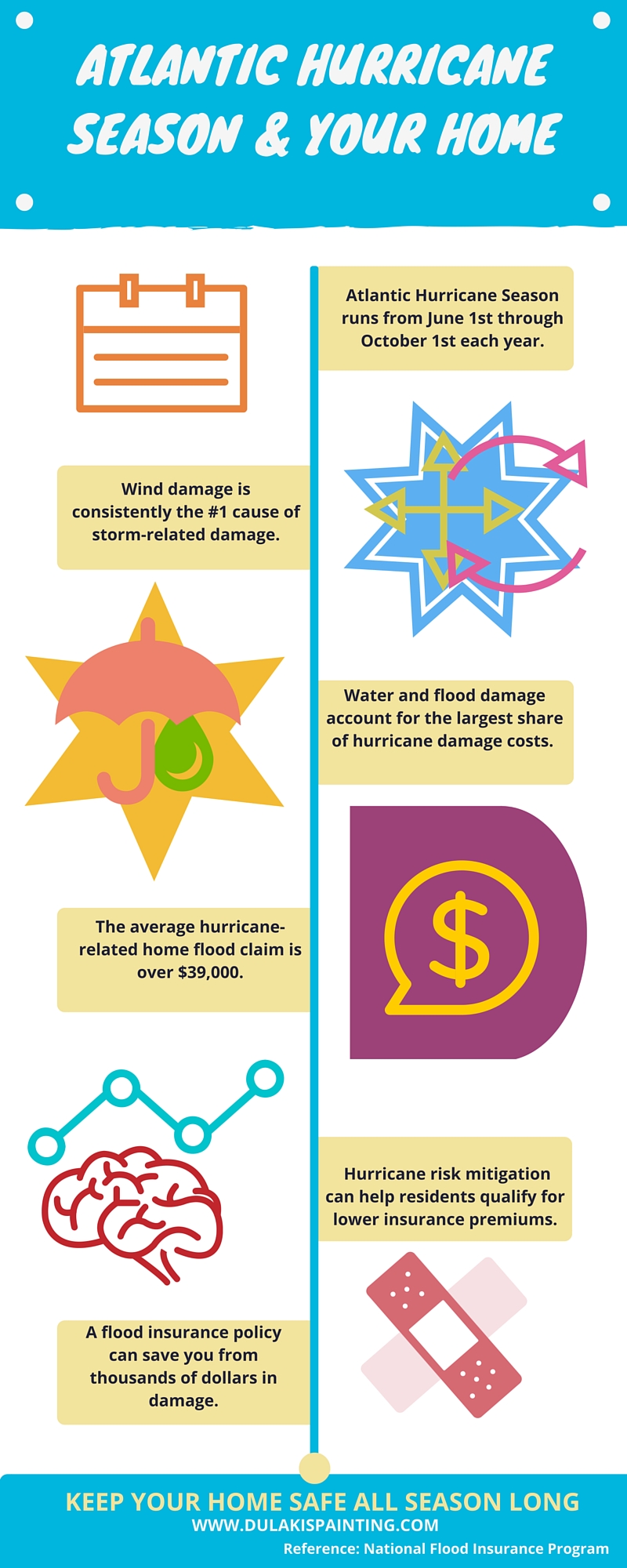Examine The Role Of Seasonal Consider The Success Of Commercial Exterior Paint And Reveal The Very Best Times To Protect Long-Term Outcomes For Your Job
Examine The Role Of Seasonal Consider The Success Of Commercial Exterior Paint And Reveal The Very Best Times To Protect Long-Term Outcomes For Your Job
Blog Article
take a look at the site here Written By-McLamb Browne
When you're intending an industrial external painting project, seasonal factors can make or damage your results. You'll want to think about exactly how temperature level and moisture influence paint application and drying out times. Choosing the ideal period can ensure your paint adheres effectively and lasts much longer. But which periods are genuinely the best for this type of job? Allow's discover the crucial elements that can affect your task's success.
The Impact of Temperature Level on Paint Application
When you're intending a business external paint project, the temperature level can dramatically impact exactly how well the paint adheres and dries.
Preferably, you wish to paint when temperatures range between 50 ° F and 85 ° F. If it's as well chilly, the paint may not cure appropriately, bring about concerns like peeling off or splitting.
On the other hand, if it's as well warm, the paint can dry too quickly, protecting against proper bond and resulting in an irregular surface.
You must also think about the time of day; morning or late afternoon offers cooler temperatures, which can be much more beneficial.
Always inspect the manufacturer's referrals for the certain paint you're using, as they typically supply guidance on the excellent temperature range for ideal outcomes.
Humidity and Its Effect on Drying Times
Temperature level isn't the only ecological element that affects your commercial external paint job; moisture plays a significant duty too. High humidity degrees can slow down drying times drastically, affecting the total quality of your paint work.
When the air is filled with moisture, the paint takes longer to treat, which can cause concerns like inadequate adhesion and a higher threat of mildew development. If you're repainting on a specifically moist day, be planned for extensive wait times in between coats.
It's essential to check local weather and strategy appropriately. Preferably, aim for moisture levels in between 40% and 70% for optimum drying out.
Keeping these factors in mind ensures your task remains on track and supplies a long lasting coating.
Best Seasons for Commercial Outside Painting Projects
What's the very best time of year for your industrial external paint jobs?
Springtime and very early autumn are commonly your best options. During these periods, temperatures are mild, and moisture levels are typically lower, producing perfect problems for paint application and drying.
Prevent summertime's intense heat, which can create paint to completely dry as well rapidly, resulting in inadequate bond and finish. In a similar way, winter months's chilly temperature levels can hinder correct drying out and curing, risking the long life of your paint task.
Go for days with temperature levels in between 50 ° F and 85 ° F for ideal outcomes. Remember to examine straightline painting forecast for rain, as wet problems can spoil your project.
Planning around these elements guarantees your painting project runs smoothly and lasts longer.
Final thought
Finally, preparing your commercial external painting tasks around seasonal factors to consider can make a significant difference in the end result. By organizing work throughout the excellent temperatures and humidity levels, you'll make sure much better adhesion and drying times. Keep in mind to watch on local weather prediction and choose the right time of year-- spring and very early loss are your best options. Taking these actions will certainly assist you accomplish a long lasting and expert finish that lasts.
